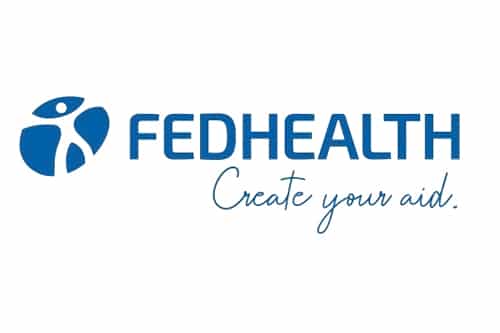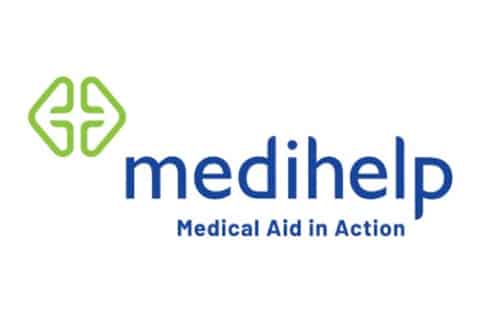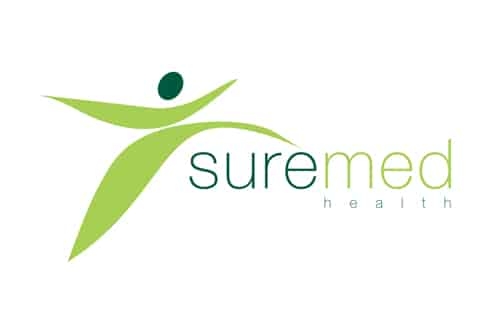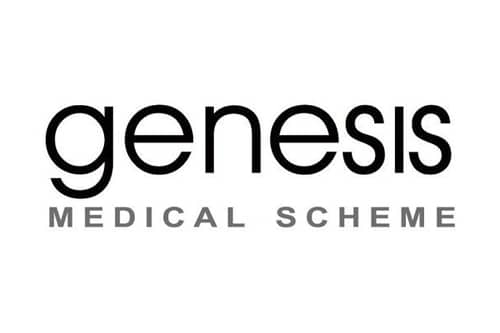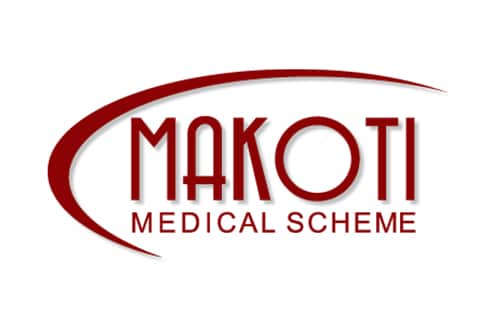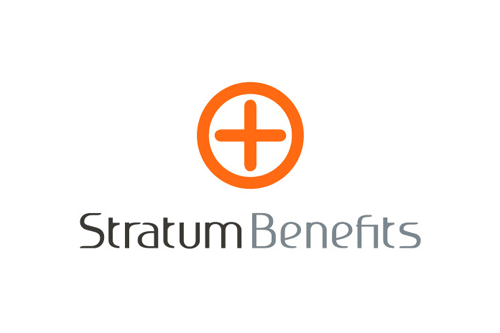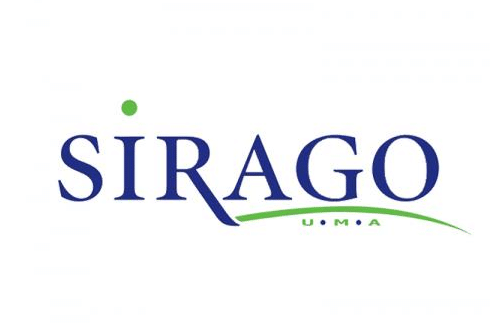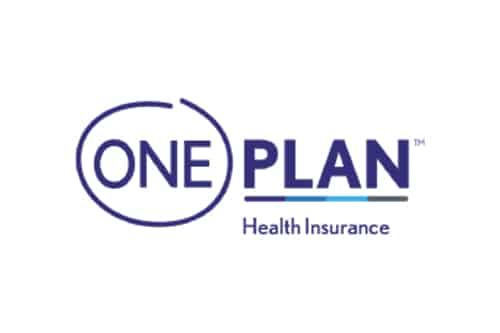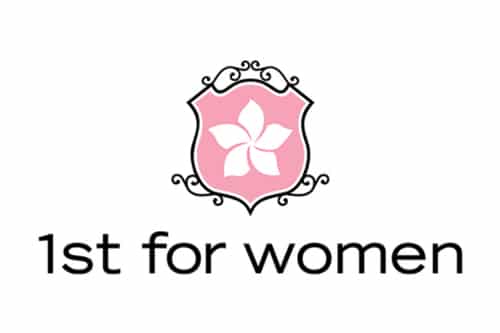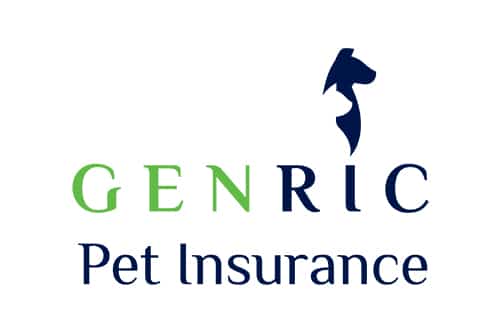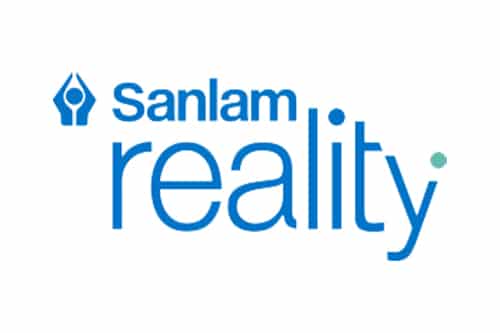Breast uplift
Breast Uplift Procedure (Mastopexy): Enhancing Form and Confidence
A breast uplift, also known as mastopexy, is a surgical procedure designed to rejuvenate and lift sagging breasts, restoring a more youthful and aesthetically pleasing appearance. This transformative surgery addresses issues such as breast ptosis (sagging) caused by factors like pregnancy, weight fluctuations, and aging. This comprehensive guide explores the breast uplift procedure, including its indications, surgical techniques, benefits, potential risks, and references for further reading.
1. Indications for Breast Uplift
Breast uplift surgery is recommended for individuals who experience sagging breasts due to factors like:
Pregnancy and Breastfeeding: The changes in breast volume and skin elasticity during pregnancy and breastfeeding can lead to breast sagging.
Aging: As skin loses its elasticity over time, breasts can naturally begin to sag.
Weight Fluctuations: Rapid weight loss or gain can contribute to sagging breasts.
Genetics: Some individuals may be predisposed to breast sagging due to genetic factors.
2. Surgical Techniques
Breast uplift involves several steps:
Anesthesia: The procedure is performed under general anesthesia to ensure patient comfort.
Incision Placement: Various incision patterns are used, such as the anchor, lollipop, or periareolar pattern. The choice depends on the degree of sagging and the patient’s desired outcome.
Tissue Reshaping: Excess skin is removed, and breast tissue is reshaped and repositioned to achieve a lifted and more youthful contour.
Areola Repositioning: If necessary, the areola (the dark area around the nipple) is repositioned to match the new breast shape.
Closure: Incisions are closed using sutures, and surgical dressings are applied.
3. Benefits of Breast Uplift
Enhanced Appearance: Breast uplift surgery restores a more youthful, lifted, and aesthetically pleasing breast shape.
Improved Self-Confidence: Individuals often experience improved body image and increased self-esteem following the procedure.
Clothing Fit: Lifted breasts can improve the fit and appearance of clothing.
4. Potential Risks and Considerations
While breast uplift offers numerous benefits, it’s important to consider potential risks:
Scarring: Incision scars are an inevitable outcome of breast uplift surgery. Scar appearance varies based on factors like genetics and incision type.
Loss of Sensation: Temporary or permanent changes in nipple and breast sensation may occur.
Asymmetry: Achieving perfect symmetry may be challenging, and minor differences in breast size or shape can occur.
Healing Issues: As with any surgery, there’s a risk of delayed wound healing and poor scarring.
5. Post-Operative Care and Recovery
Following breast uplift surgery, proper post-operative care is essential:
Recovery Period: Patients should follow their surgeon’s instructions for post-operative care, including wound care, medication, and restrictions on physical activities.
Supportive Garments: Wearing a supportive bra or compression garment can aid healing and provide comfort.
Follow-Up Visits: Regular follow-up appointments allow the surgeon to monitor healing and address any concerns.
6. References for Further Reading
Hall-Findlay, E. J. (2004). A simplified vertical reduction mammaplasty: shortening the learning curve. Plastic and Reconstructive Surgery, 114(2), 389-404.
Mofid, M. M., Gonzalez, R., & Singh, N. K. (2006). Aesthetic and reconstructive surgery of the breast (Vol. 2). Thieme Medical Publishers.
Viana, G. A., Okubo, R., & Alonso, N. (2018). Techniques and principles in mastopexy. Plastic and Reconstructive Surgery Global Open, 6(10), e1949.
Dieterich, M., Paepke, S., Zwiefel, K., & Oertli, D. (2010). Mastopexy and reduction mammoplasty with the round block technique: indications, technique, and results. Aesthetic Plastic Surgery, 34(3), 297-303.
Ferreira, J., Malheiro, E., & Ferreira, M. F. (2021). Short scar periareolar mammaplasty with dermoglandular flap: a safe option for mild to moderate ptosis. Aesthetic Surgery Journal, 41(5), 523-529.
Conclusion
Breast uplift surgery, also known as mastopexy, is a transformative procedure that addresses sagging breasts caused by factors such as pregnancy, aging, and weight fluctuations. Through carefully planned incisions and tissue reshaping, this procedure lifts and rejuvenates the breasts, enhancing appearance and self-confidence. While potential risks such as scarring and changes in sensation exist, the benefits of breast uplift can significantly improve an individual’s quality of life. Consulting with an experienced plastic surgeon is crucial for exploring options, understanding the procedure, and making an informed decision about undergoing breast uplift surgery



